Which Process Removes Carbon From the Land
As plants are eaten by herbivores and herbivores are eaten by. Storage can occur in geological biobased or ocean reservoirs or in value-added products like low- carbon concrete.

Geoengineering The Most Controversial Climate Solutions Explained Climate Change Effects Climate Policy Carbon Sequestration
- Photosynthesis by algae phytoplankton is faster.
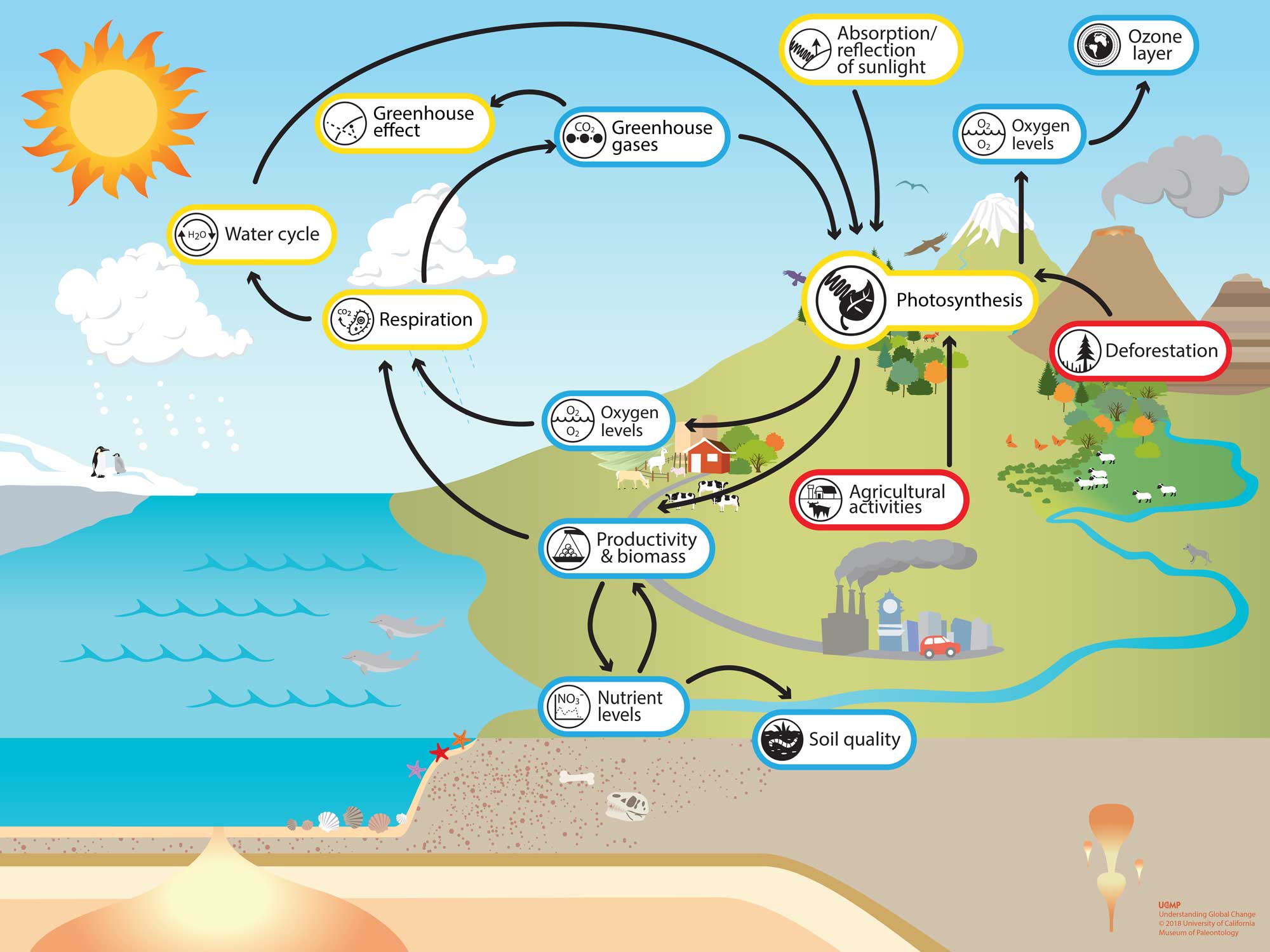
. When the filters are full grates close across the front of the unit and pipes pump heat into the enclosed space releasing CO2 from the filtersThe carbon dioxide is then pumped to an area where. The most common technological forms of carbon removal include. What is the carbon cycle.
Assume T 298 K P 100 atm and the composition of air is 20 O2 and 80 N2 by weight. Carbon dioxide is also removed from the atmosphere when it mixes with water and forms carbonic acid which is the acid thats partially responsible for the weatherization of rocks along and in the sea. 3 Bio-energy with.
Carbon that was sequestered in coal or oil or natural gas is combusted and increases the amount of carbon dioxide in the atmosphere. Burning vegetation or woody material removes carbon from the material to the atmosphere. The process shows tremendous promise for reducing the.
The carbon in the vegetation originally came from the land that. How many ways are there for carbon to get transported to the atmosphere. 75 x 103 m 4.
Similarly greenhouse gas removal or negative greenhouse gas emissions is the removal of greenhouse gases from the atmosphere by deliberate human activities ie in addition to the removal that. 6 Ways to Remove Carbon Pollution from the Sky 1 Forests. Combustion Decomposition Photosynthesis Respiration.
What do you tell her. Which of these processes is the fastest. Carbon sequestration is the process of capturing securing and storing carbon dioxide from the atmosphere.
Carbon dioxide removal CDR is a term used to encompass a wide array of approaches that remove carbon dioxide CO. The carbon cycle describes the process in which carbon atoms continually travel from the atmosphere to the Earth and then back into the atmosphere. - Photosynthesis diffusion from the atmosphere to the oceans remove carbon from the atmosphere.
Carbon is transferred between the ocean atmosphere soil and living things over time scales of hours to centuriesFor example photosynthesizing plants on land remove carbon dioxide directly from the atmosphere and those carbon atoms become part of the structure of the plants. A square meter of forested land can remove 10 kg of carbon from the atmosphere via photosynthesis in a process known as carbon fixation. Because CH_3 O is a combination of carbon and water molecules made up of this unit are generally referred to at carbohydrates - in that context you can dunk of CH_3O as the chemical formula.
Excess carbon is released into the atmosphere from anthropogenic sources not natural sources leading to carbon dioxide concentrations that increase faster than can be removed through photosynthesisabsorption into the ocean. Which of the following is a process in which carbon is removed from the atmosphere. Which processes remove carbon from the atmosphere.
Soils naturally store carbon but agricultural soils are running a big deficit due to intensive use. During respiration plants utilize oxygen and glucose to obtain energy resulting in the release of carbon dioxide water and ATP. Plant material in a process known as CO_2 H_2O sunlight 010 0.
In this reaction carbon dioxide water and sunlight combine to produce CH_2O and O_2. Carbon dioxide removal also known as negative CO2 emissions is a process in which carbon dioxide gas is removed from the atmosphere and sequestered for long periods of time. Plant respiration sea organic cbon in soil When plants or ppire they take up the carbon dioxide and let out oxygen.
What process removes carbon from the land. The idea is to stabilize carbon in solid and dissolved forms so that it doesnt cause the atmosphere to warm. The carbon dioxide is then released to the atmosphere.
In addition the sea is able tools carbon dioxide. Atmospheric carbon combines with water to form a weak acidcarbonic acidthat falls to the surface in rain. The acid dissolves rocksa process called chemical weatheringand releases calcium magnesium potassium or sodium ions.
6 CO2 6 H2O energy --6 O2 C6H12O6 In addition phytoplankton absorbs carbon dioxide using the same process as normal plants. The movement of carbon from the atmosphere to the lithosphere rocks begins with rain. Since our planet and its atmosphere form a closed environment the amount of carbon in this system does not change.
Photosynthesis is the process that removes carbon dioxide from the Earths atmosphere. Photosynthesis removes Carbon Dioxide from the atmosphere turning the Carbon into Carbohydrates such as cellulose found in wood. There are two main types of carbon sequestration.
Carbon moves from living things such as plants to the atmosphere through the process of respiration. At 293 K and atmospheric. Directly from the atmosphere and durably store it to create negative emissions.
If many trees are removed from a forest by logging what is the most immediate effect on the carbon cycle in that forest. Carbon capture and storage CCSthe S can also stand for sequestration carbon capture utilization and storage CCUS bioenergy with carbon capture and storage BECCS and direct air capture. Photosynthesis removes carbon dioxide naturally and trees are especially good at storing carbon removed from the atmosphere by photosynthesis.
Lastly soil retains organic carbon from decaying carcasses. Carbon removal can also be achieved through technology that actively removes carbon from the air. Where the carbon is located in the atmosphere or on Earth is constantly in flux.
Which process in this activity is so long that it is not considered part of the cycle in our diagram. Answer choices increase in the rates of decomposition. Photosynthesis removes carbon dioxide naturally and trees are especially good at storing carbon removed.
What volume of air is needed to fix 10 kg of carbon if air contains 416 ppm CO2.
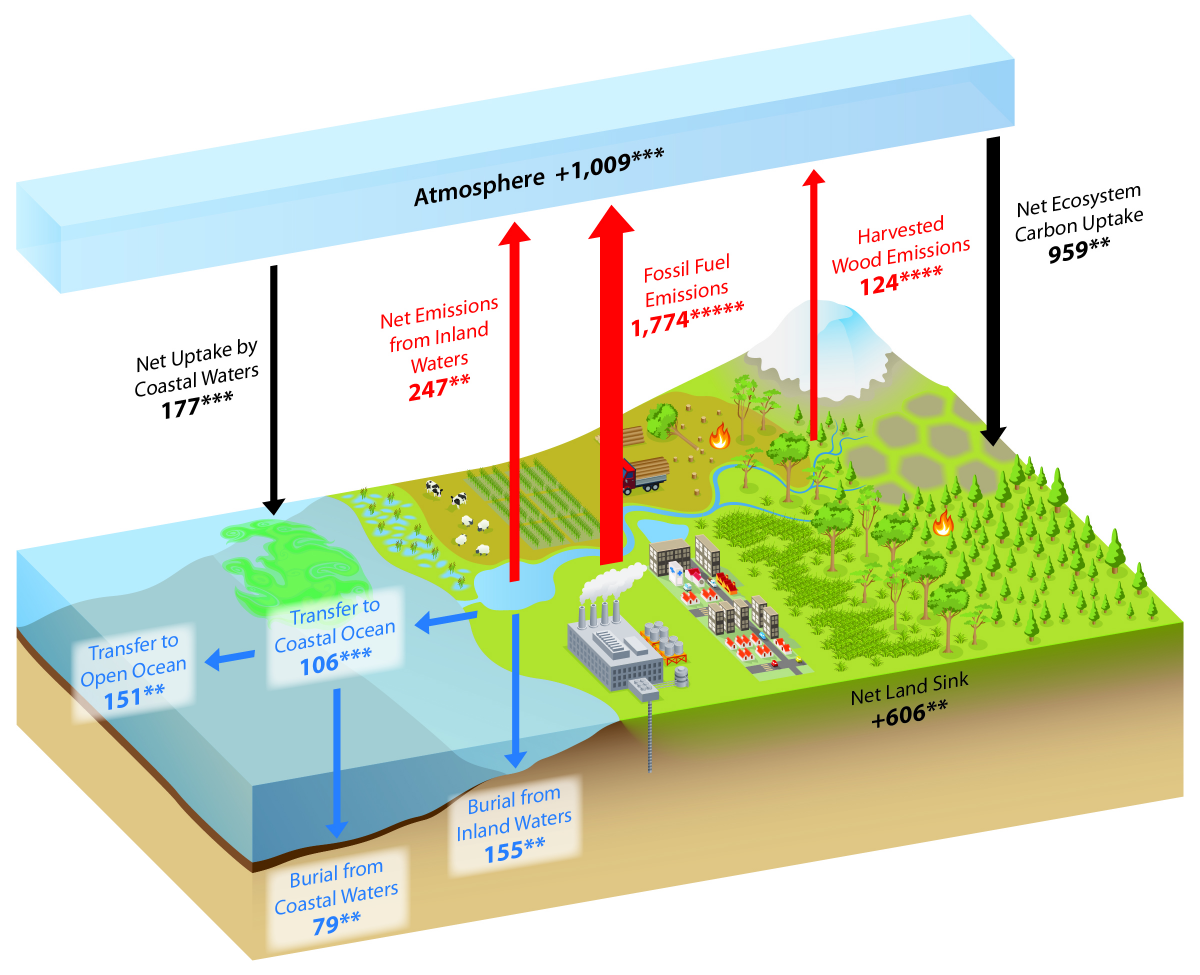
What Is The Carbon Cycle What Is The Science Behind It United States Carbon Cycle Science Program

Goods And Services Visualisation Ecosystems
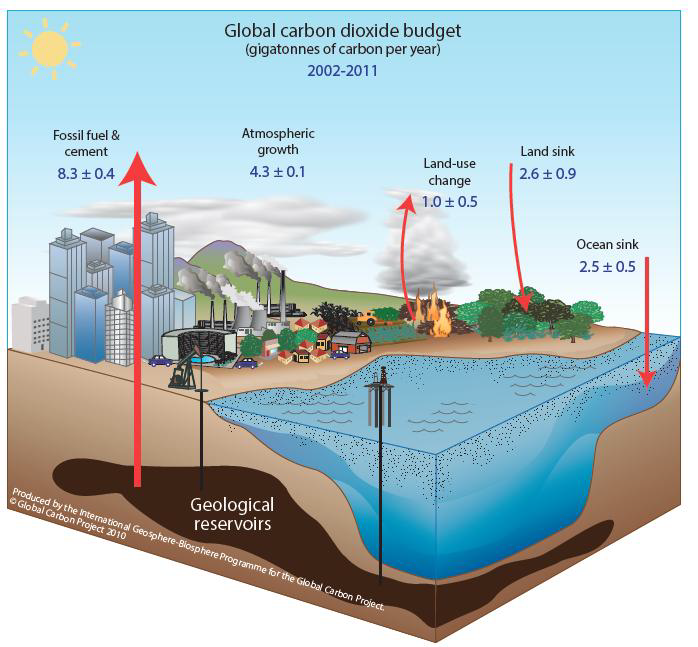
What Is The Carbon Cycle What Is The Science Behind It United States Carbon Cycle Science Program

Carbon Sink Carbon Cycle Carbon Sink Earth Atmosphere

Carbon Cycles Lesson Teachengineering

What Are The Main Sources Of Carbon Dioxide Emissions Carbon Dioxide Greenhouse Gases Disruptive Technology

The Importance Of Carbon For Climate Regulation

Earth Processes Part 1 Earth Processes Plate Tectonic Theory Earth Science

Interactive Effects Of Ozone Depletion And Climate Change On Ozone Depletion Atmospheric Circulation Climate Change
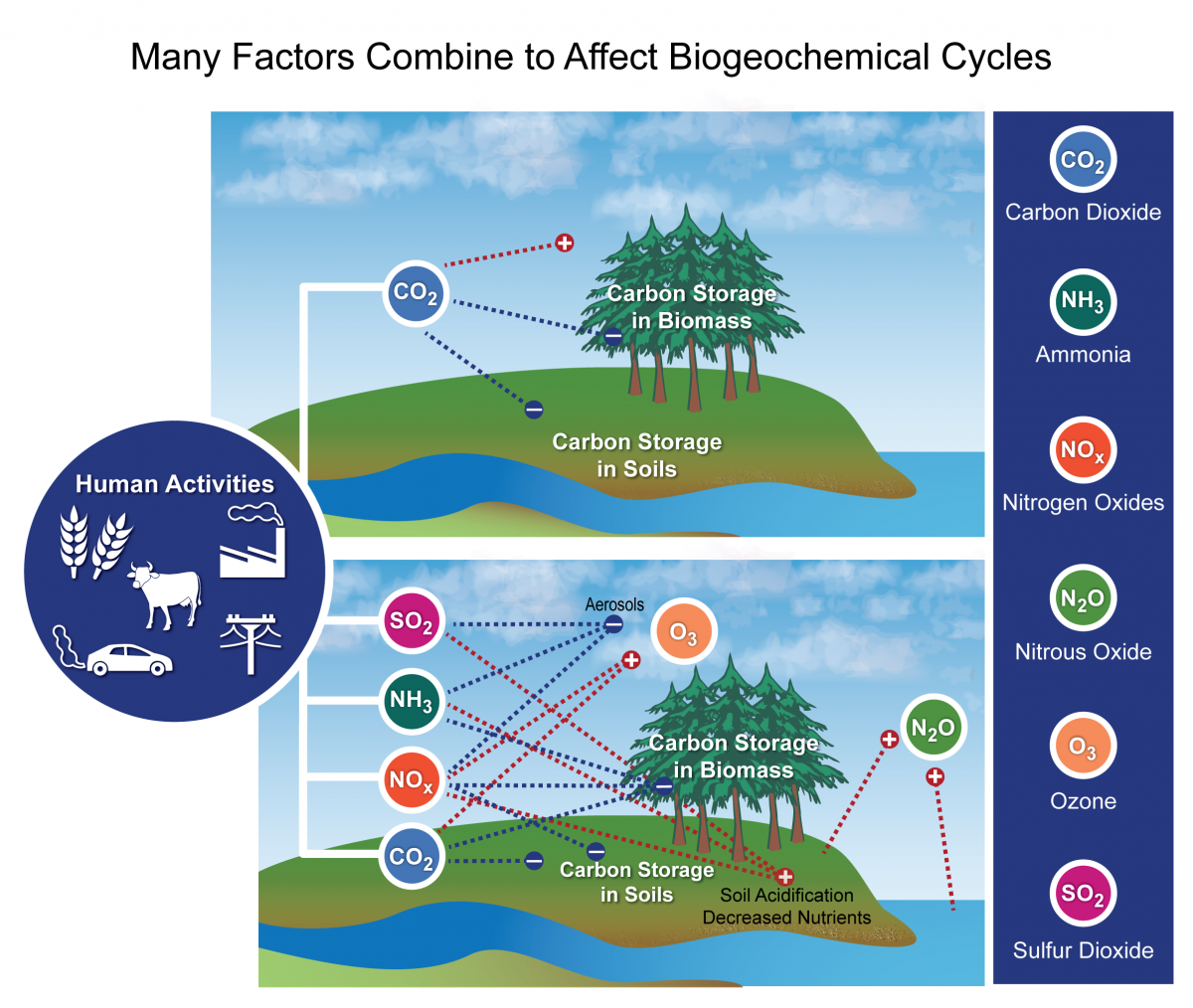
What Is The Carbon Cycle What Is The Science Behind It United States Carbon Cycle Science Program
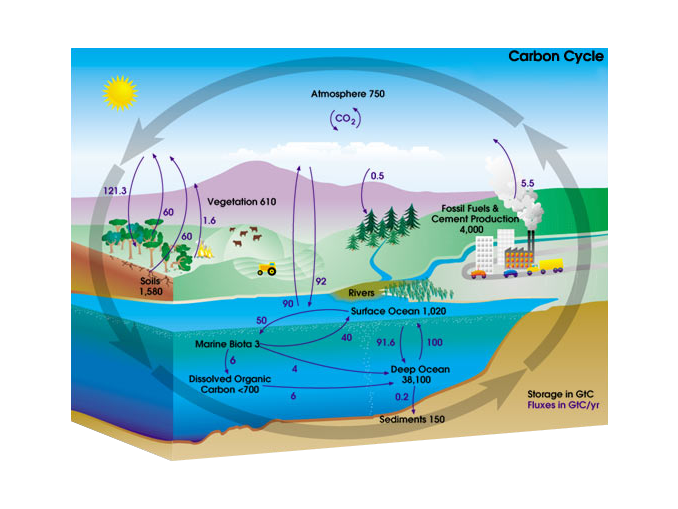
What Is The Carbon Cycle Photosynthesis Decomposition Respiration And Combustion Earth How

Photosynthesis Understanding Global Change
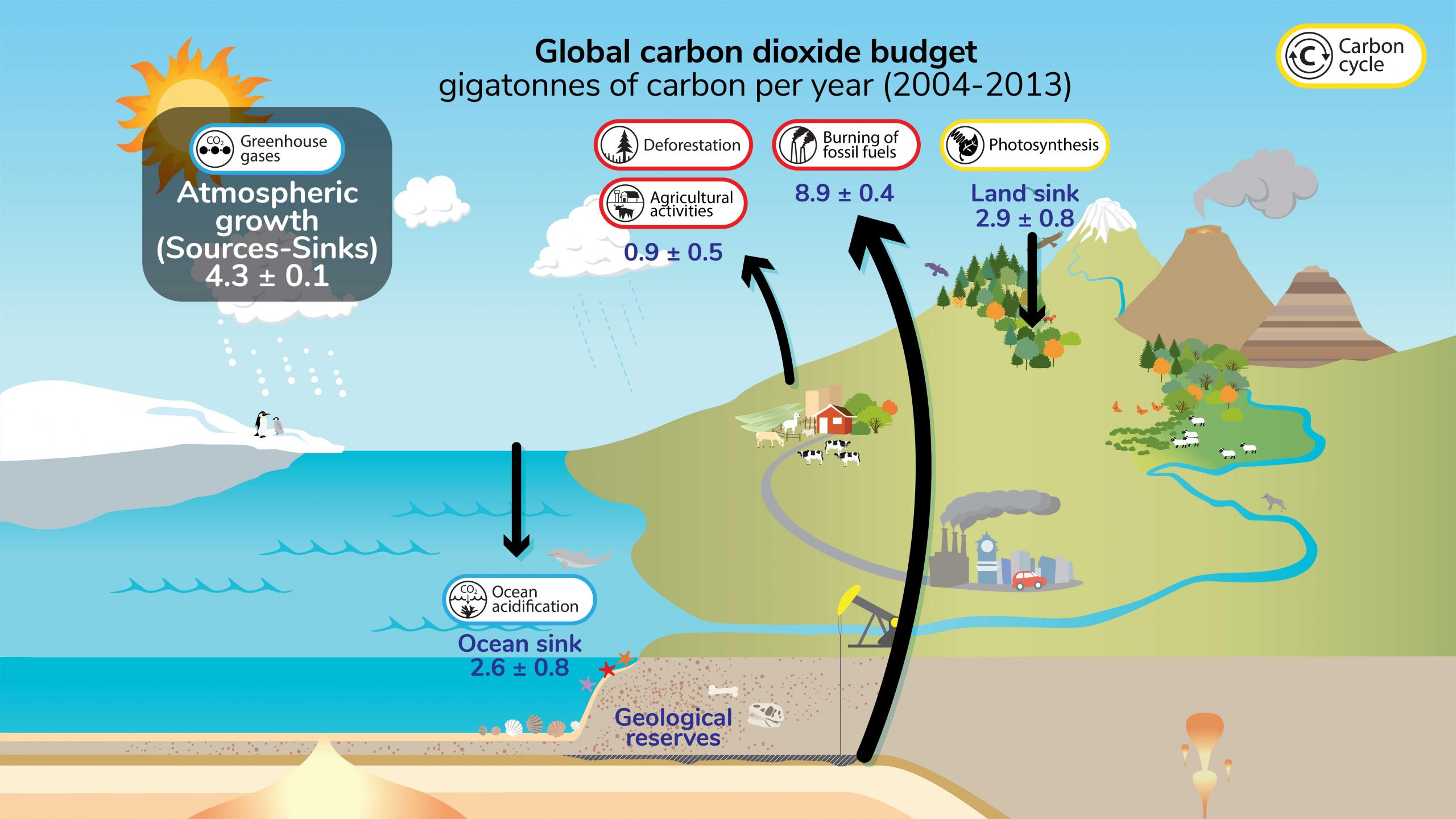
Carbon Cycle Understanding Global Change
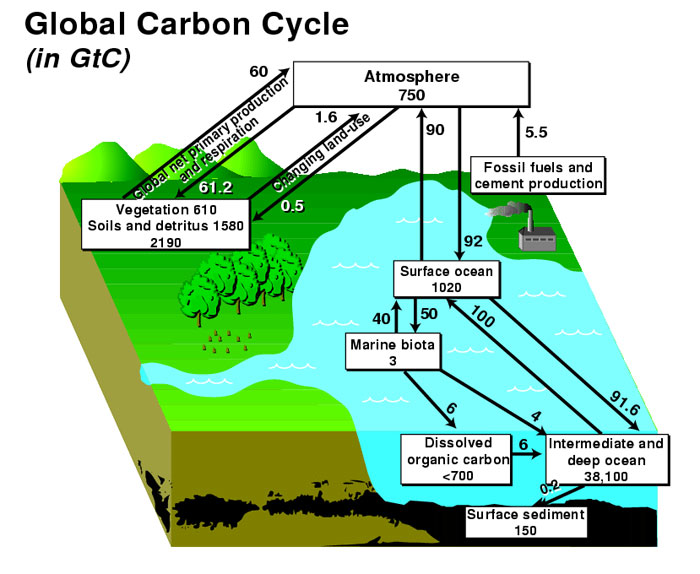
Carbon Cycle And Atmospheric Co2 Earth 530 The Critical Zone
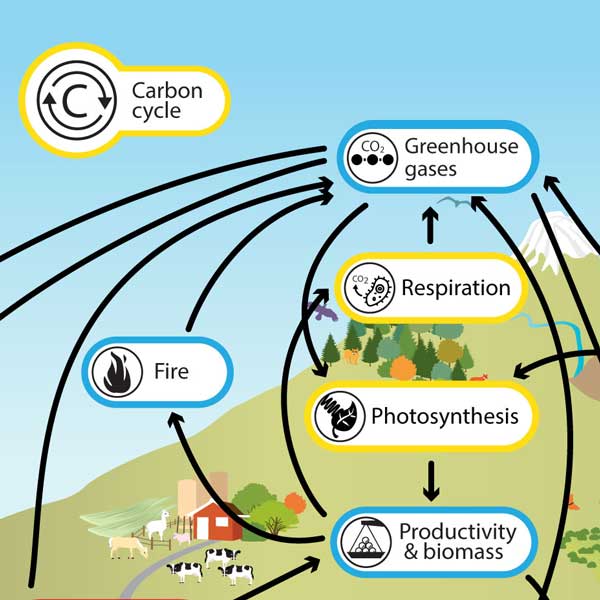
Carbon Cycle Understanding Global Change

Carbon Sink A Carbon Sink Is A Natural Or Built Reservoir That Takes And Stores Carbon Chemicals For A Certa Carbon Cycle Carbon Sink Floating Architecture
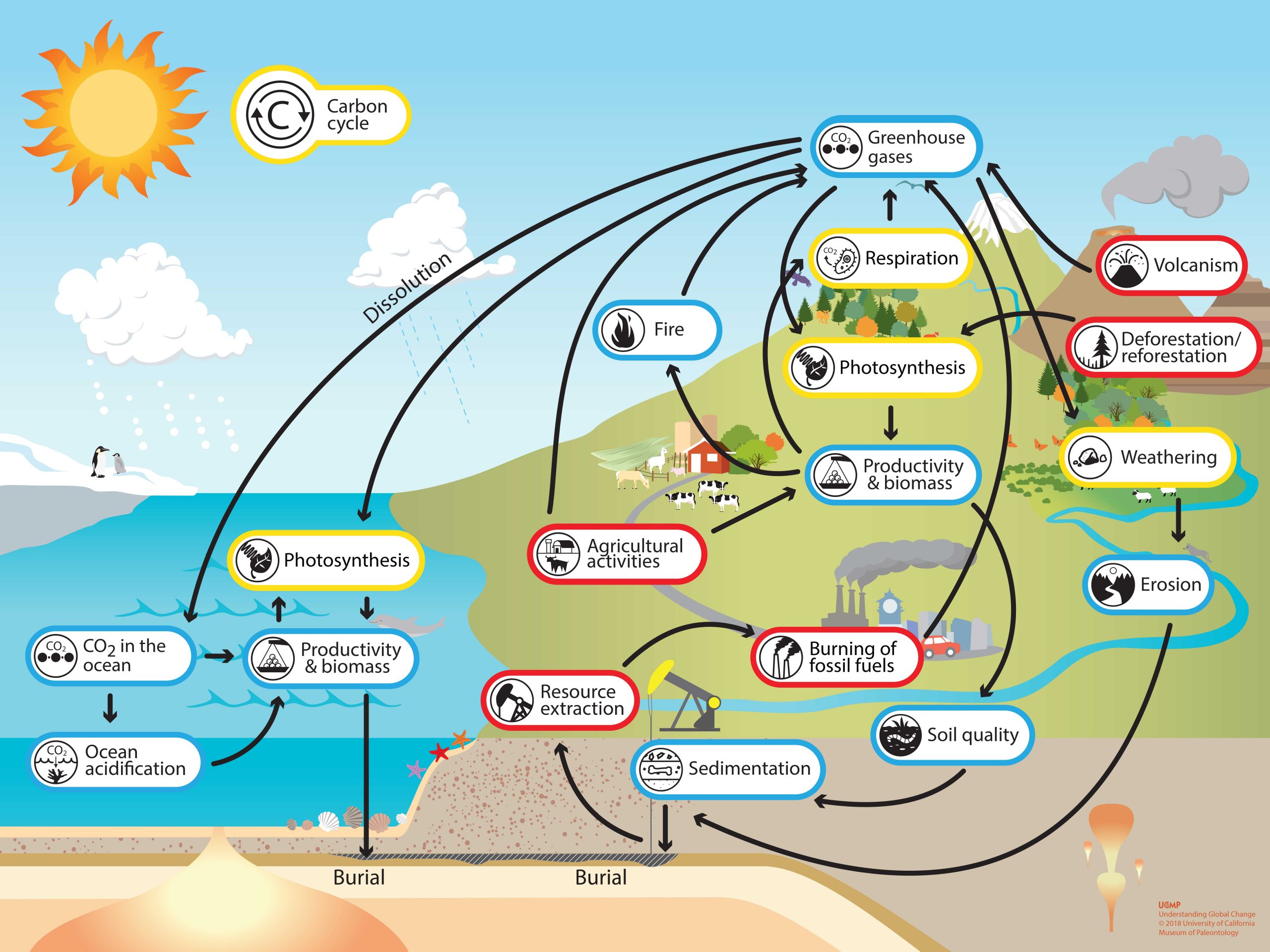
Carbon Cycle Understanding Global Change

Drawdown Framework Project Drawdown Greenhouse Gases Carbon Cycle Photosynthesis
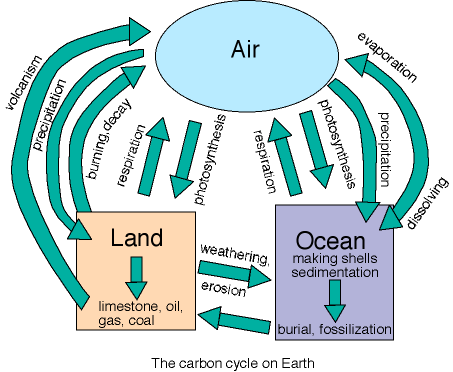
Comments
Post a Comment